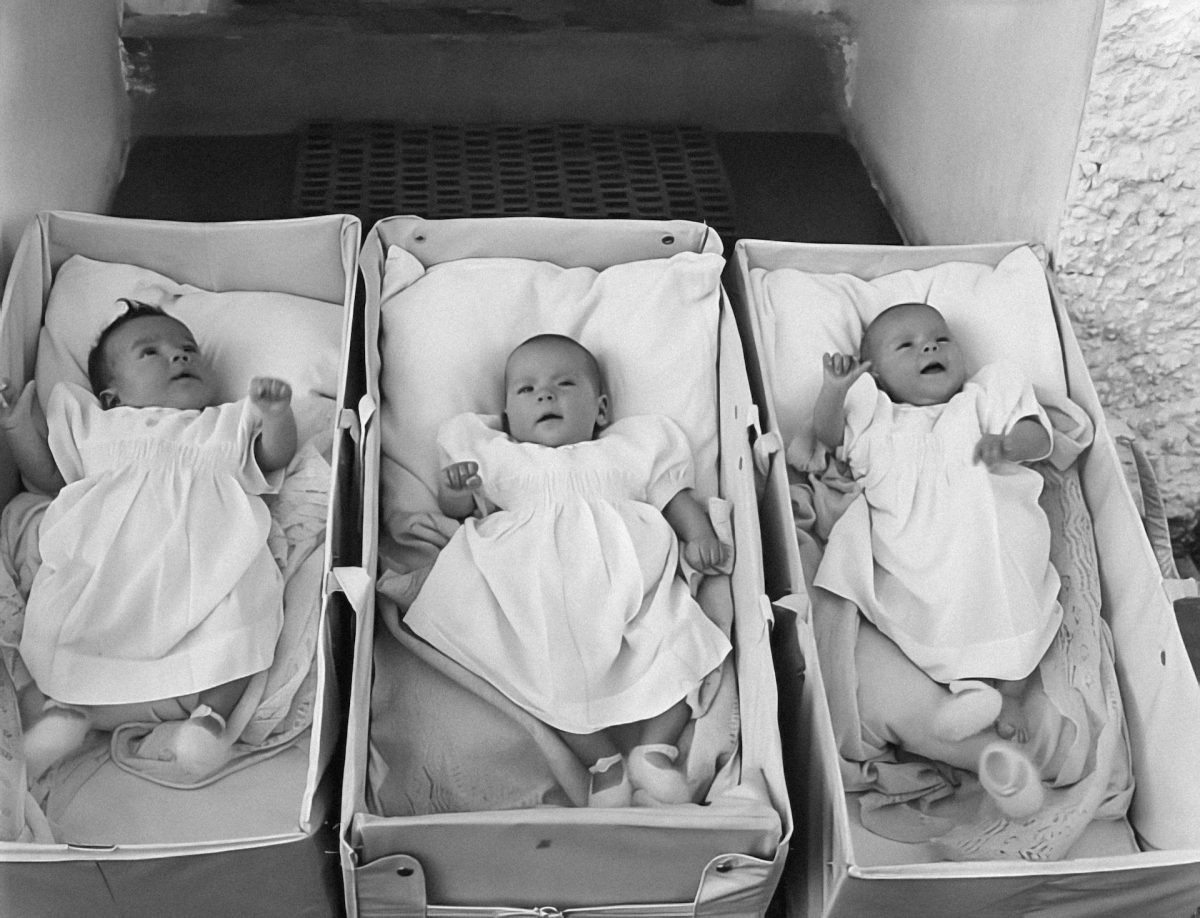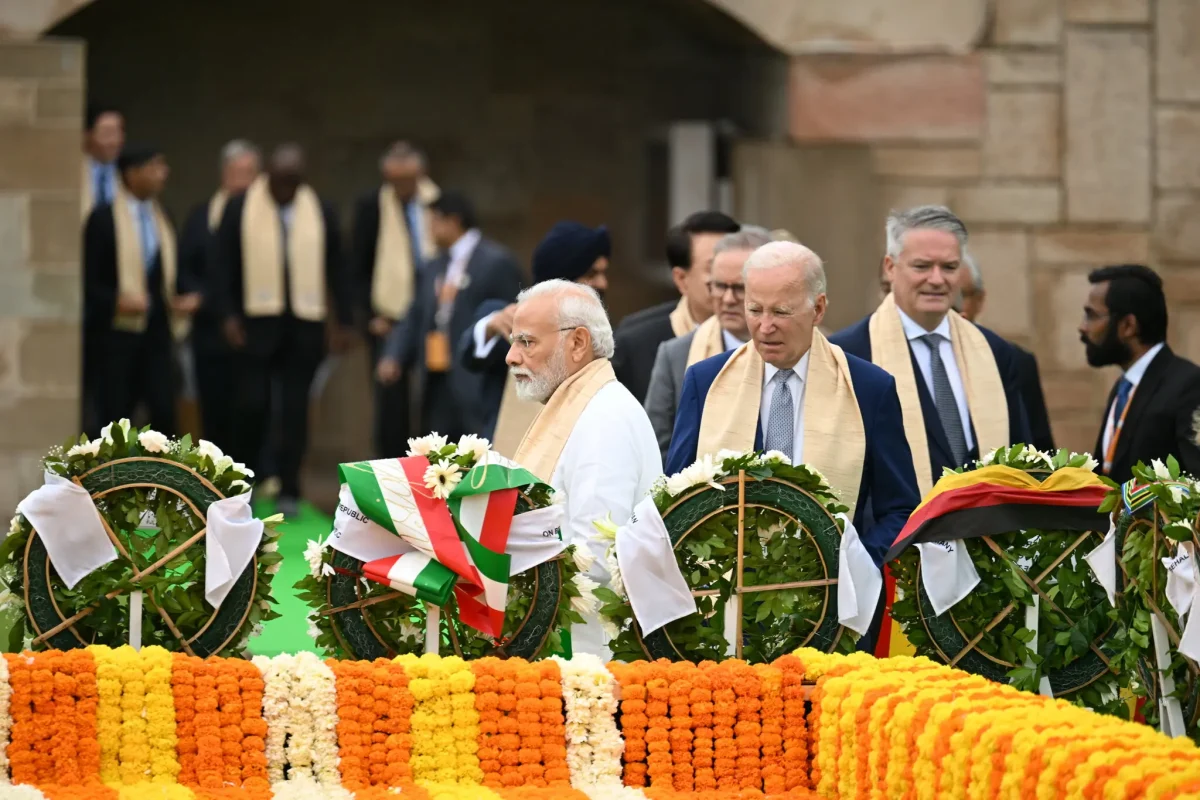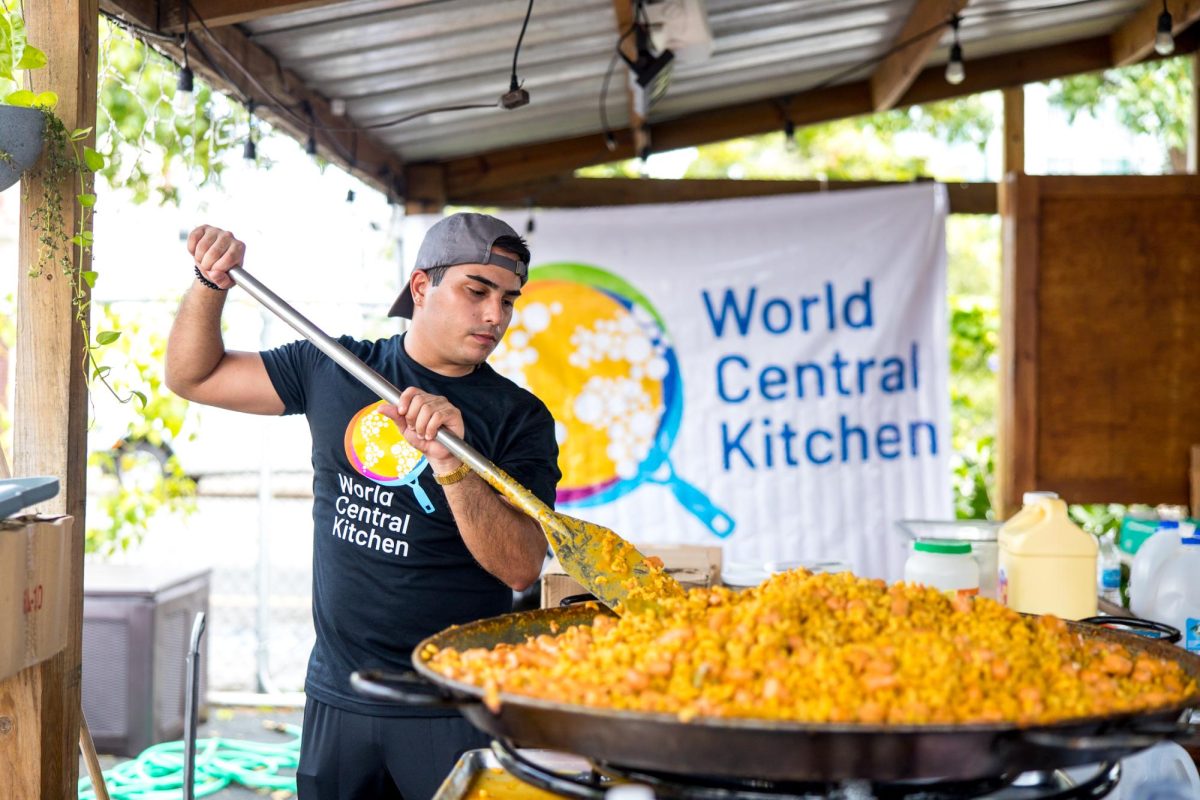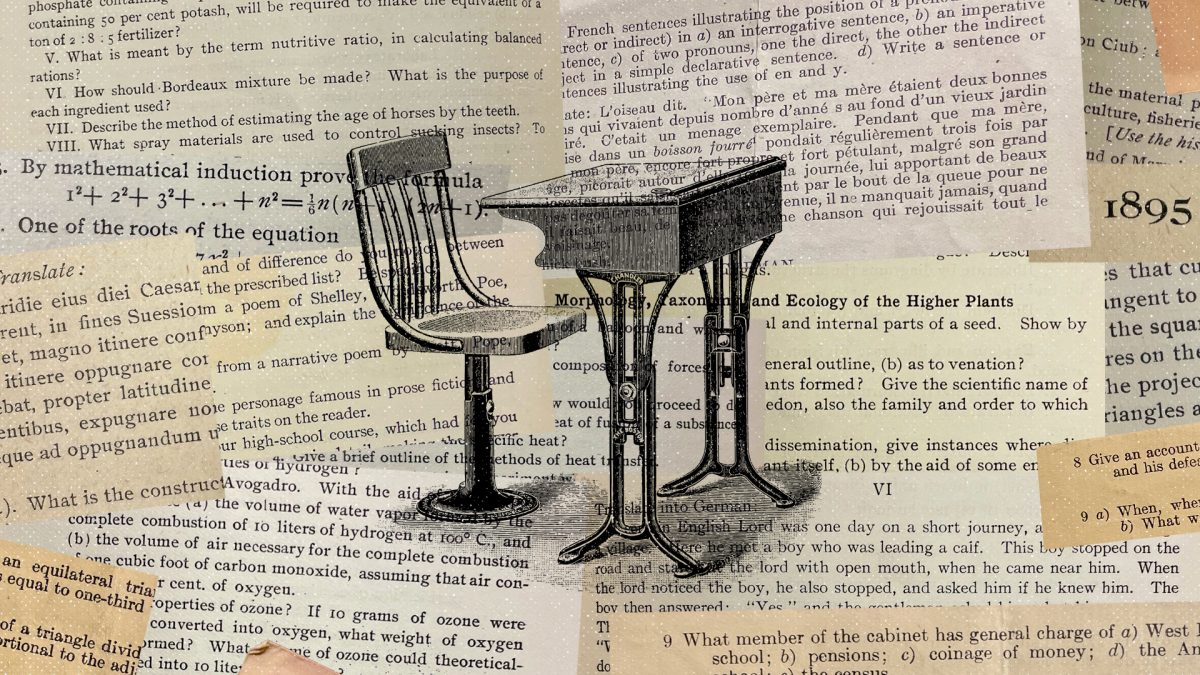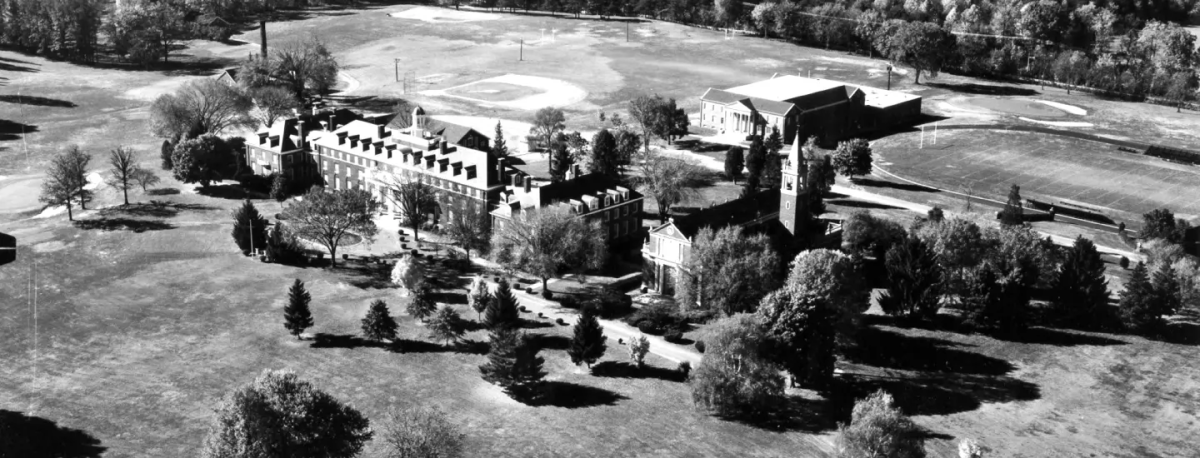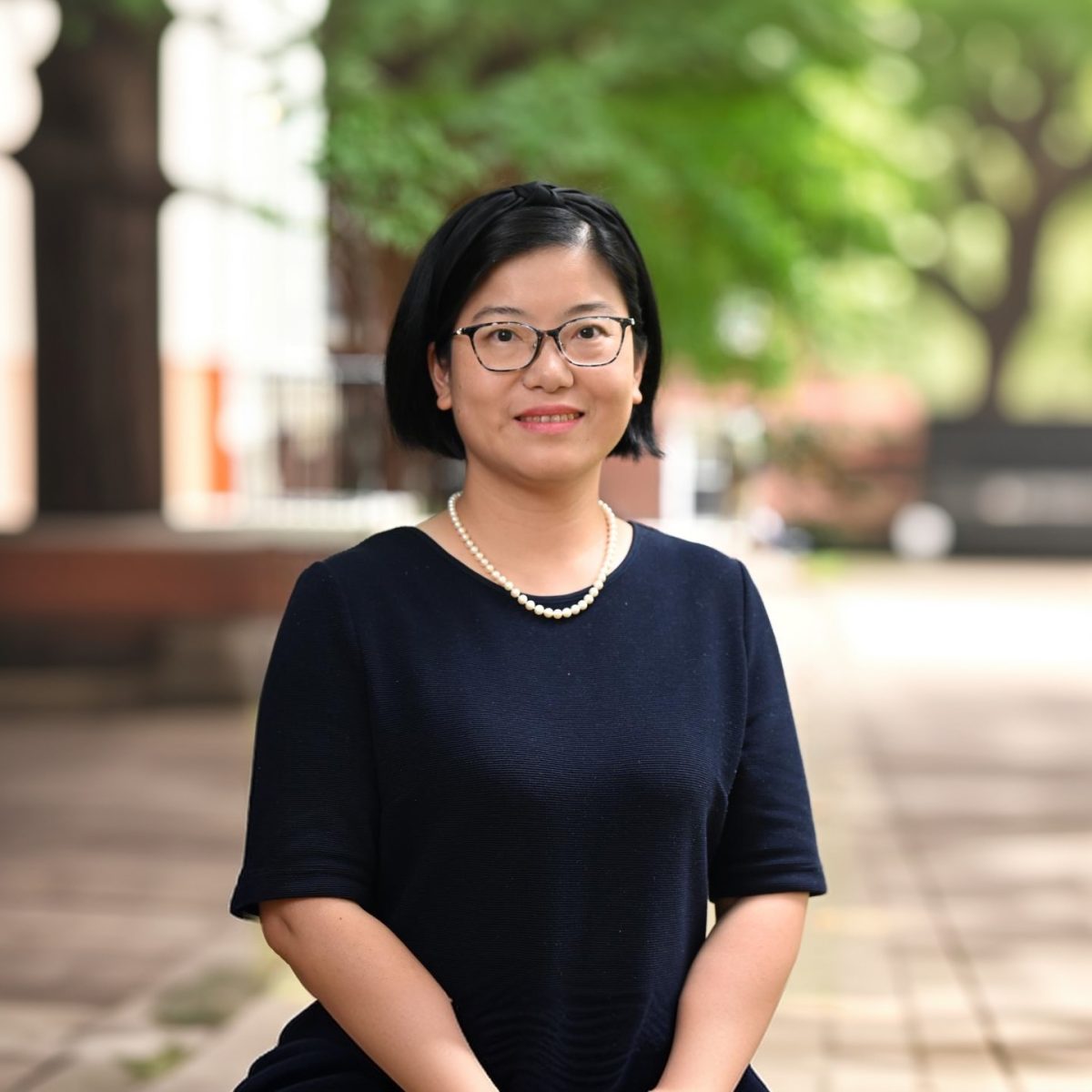Earlier this year, I wrote an article about Alphonsus J. Donlon, S.J., and his role in moving Georgetown Prep to its current campus in North Bethesda. Interestingly, women’s history at Georgetown Prep also traces its roots back to Fr. Donlon.
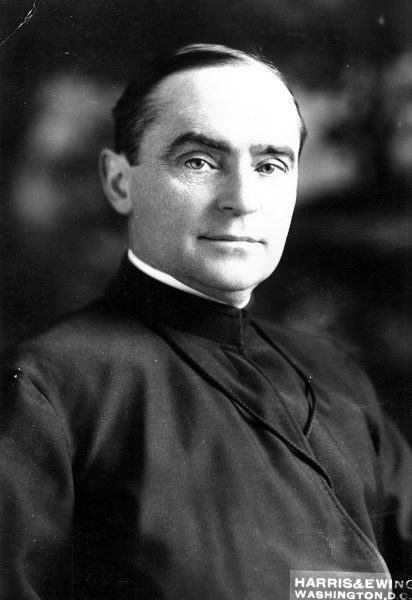
In case you missed that article, in the 1910s, Georgetown’s Preparatory Department was preparing to move from Georgetown College’s campus in D.C. to where Prep is located today. Prep had already purchased the land, and in 1917 the building where students would live and classes would be held—now known as Boland Hall—neared completion. However, in one of the greatest ironies in the school’s history, the first residents allowed on its new campus were those who were forbidden from attending it—women.
As Dr. Ochs and Mrs. Stewart explained during the schoolwide assembly before spring break, the circumstances under which this occurred were not ordinary. In 1917, the United States joined the Allies in the First World War, and as a result, U.S. citizens began to develop a hatred for anything that came from Germany—their biggest enemy. This was shown on the home front as Sauerkraut became known as liberty cabbage and many began calling Germans “Huns.” This seriously impacted the Jesuits on the East Coast because the provincial of the Jesuit Maryland-New York Province, Fr. Anthony J. Maas, was a German-born immigrant. Fearing the Jesuits could be seen as sympathetic to the enemy and wanting to outwardly show Prep’s patriotism, Fr. Donlon offered the campus he had spent so much time developing to the U.S. Government in November of 1917.
However, it wasn’t until May of 1918 that the U.S. Government took up this offer, requesting to use the Prep campus for auxiliary housing for women. Within a few weeks, the Georgetown consultors agreed to the idea, and on July 1, 1918, an agreement was struck between Georgetown and the War Work Council of the Young Women’s Christian Association (YWCA) to rent the land to the YWCA for one year at a cost of $833.33 per month for a total of $10,000. Though Donlon likely did not know it at the time, his donation of Boland Hall—which was known as “Georgetown House” by the women who lived in it—proved crucial to the U.S. war effort.
While World War I raged in Europe, a housing crisis arose in Washington, D.C. From 1914 to 1918, the population of the District of Columbia nearly doubled from 350,000 to 526,000 as job seekers, civilian volunteers, and drafted soldiers from across the country flocked to the headquarters of the United States’ war abroad. Nearly 100,000 of these new residents were women, who tended to be young and single. This mass migration of people caused rent prices to double, but wages remained low, creating serious problems. After the stream of newcomers filled the existing houses to capacity, the government made vacant homes hospitable for the incoming residents. Still, finding a place to live proved challenging and even when one did find a hospitable place, it was heavily congested with people. During this time, women were paid the same wage as a man if they could fully replace him—which they often did—but young women in D.C. still found themselves spending up to three-quarters of their monthly income on rent, leaving them with insufficient money for food.
Initially, the Georgetown House was intended as a place where women could spend a weekend away from the city. However, once it opened, many women who were willing to make the hour-long commute to D.C. made the Georgetown House their permanent residence, the largest of which was a group of 70 female marines.

However, the women’s stay at Prep ended sooner than the expected end of July 1919 due to the war’s early end. The lease was cut short, and the house was vacated by the women two months early, leaving enough time for Georgetown to prepare the building for its incoming class of 1923 to reside there in the fall of 1919 (Over the next four years, Prep added one class to the campus in North Bethesda each year such that the 1922-1923 school year was the first year that four Preparatory classes lived on the Rockville campus).
The most visible impact these women had on Prep was the building the YWCA’s rent funded: Prep’s “temporary gymnasium”—as Prep’s first President, Fr. Creeden called it—which remained standing until 1993. In the top picture above, it is the building in the back right, standing where the William L. George, S.J. Center now stands today.
However, Fr. Donlon’s offering of our campus was part of something much greater than Prep itself. It helped enable women to contribute to the war effort—not only allowing the United States to win the war, but also leading to greater gender equality in America. In 1919, women gained the right to vote. Less than fifty years later, and for the first time in Prep’s history, Prep had a female faculty member: French teacher Mme. Germaine Nahmias (later Farrell).

joined Prep in 1967, becoming its
first female faculty member.
In the years after this monumental change, Prep underwent a transformative era as women began to play an essential role in the school’s operations. The number of female faculty members climbed as women fulfilled the role of teachers, administrators, and staff members. Today, women make up nearly 40% of Prep’s faculty and staff. Notably, following Mme. Nahmias’s legacy, the vast majority of Prep’s modern language teachers are women.
Yet, as Brigadier General and President of the Marine Corps University Maura M. Hennigan said when she visited Prep for the event, though there has been a lot of progress with regards to equality in America, there is still a lot of work to be done.



